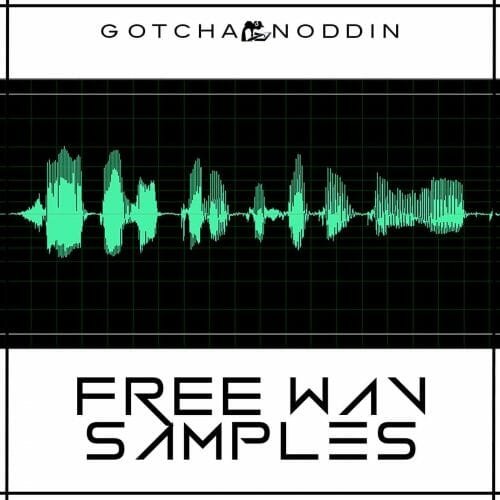

This causes all enemies and balls on the screen to disappear, though they start to return after a few seconds. If Coily is in close pursuit of the character, he will jump after Q*bert and fall to his death, awarding bonus points. When Q*bert jumps on a disc, it transports him to the top of the pyramid. Multicolored floating discs on either side of the pyramid serve as an escape from danger, particularly Coily. Colored balls occasionally appear at the second row of cubes and bounce downward contact with a red ball also results in a life lost, while contact with a green one immobilizes the on-screen enemies for a limited time. Ĭontact with purple enemies results in a life lost, whereas the green ones are removed from the board upon contact. They do not hurt Q*bert, but are usually irritating to the player since they change the color of the cube to the original or former color.

Both elements are then combined in subsequent stages.

Other times, cubes change color every time Q*bert lands on them, instead of remaining on the target color once they reach it. In later stages, each cube must be hit twice to reach the target color. Īt the beginning, jumping on every cube once is enough to advance. Landing on a cube causes it to change color, and changing every cube to the target color allows the player to progress to the next stage. The player controls Q*bert, who starts each game at the top of a pyramid made of 28 cubes, and moves by hopping diagonally from cube to cube. The game is played using a single, diagonally mounted four-way joystick. Q*bert is an action game with puzzle elements played from an axonometric third-person perspective to convey a three-dimensional look.
QBERT SOUNDS WAV LICENSE
Q*bert appeared in Disney's Wreck-It Ralph franchise, under license from Sony, and later appeared in the film Pixels. Therefore, the rights have been owned by Sony Pictures Entertainment since its parent, Sony, acquired Columbia in 1989. The Q*bert character became known for his "swearing" and "Q*bertese sound" – an incoherent phrase made of synthesized speech generated by the sound chip and a speech balloon containing a grawlix that appear when he collides with an enemy.īecause the game was developed during the period when Columbia Pictures owned Gottlieb, the intellectual rights to Q*bert remained with Columbia, even after they divested themselves of Gottlieb's assets in 1984. The game's success resulted in sequels and the use of the character's likeness in merchandising, such as appearances on lunch boxes, toys, and an animated television show. It has been ported to numerous platforms. The game was Gottlieb's most successful video game and is among the most recognized brands from the golden age of arcade games. Q*bert was well-received in arcades and among critics. Q*bert was developed under the project name Cubes. Lee designed the title character and original concept, which was further developed and implemented by Davis. The game was conceived by Warren Davis and Jeff Lee. Players use a joystick to control the character. The objective of each level in the game is to change every cube in a pyramid to a target color by making Q*bert, the on-screen character, hop on top of the cube while avoiding obstacles and enemies. It is a 2D action game with puzzle elements that uses isometric graphics to create a pseudo-3D effect. Q*bert ( / ˈ k juː b ər t/ also known as Qbert) is an arcade video game developed and published for the North American market by Gottlieb in 1982.


 0 kommentar(er)
0 kommentar(er)
